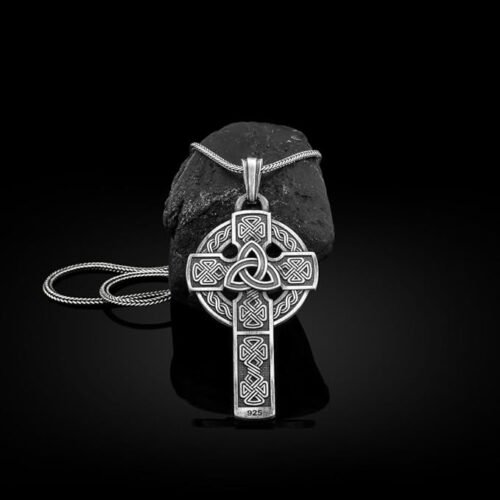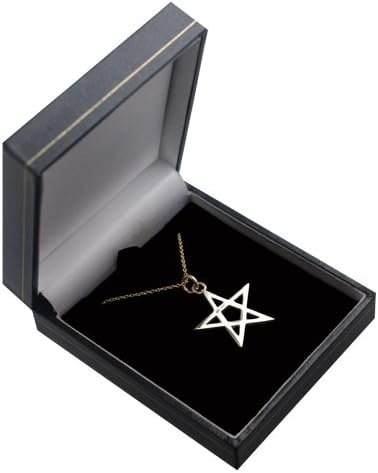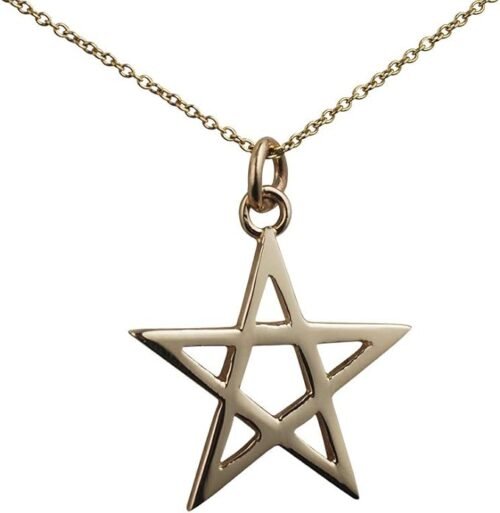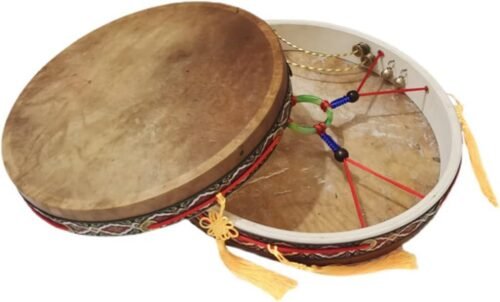
Amulets were treasured in Ancient Greece
Amulets in Ancient Greece: Guardians Against Malevolent Forces
In the annals of antiquity, the Greeks revered amulets as potent talismans imbued with protective powers. Carved from various materials such as precious stones, metals, or even bones, these amulets were believed to shield their wearers from malevolent forces and bring fortune. Whether it was a Gorgoneion to ward off evil or a scarab symbolizing regeneration, the Greeks adorned themselves with these symbols of strength and resilience.
“The use of amulets in ancient Greece was deeply ingrained in everyday life, serving as tangible expressions of belief and offering reassurance in uncertain times,” remarked renowned historian Dr. Maria Petridou.
Amulets in Roman Syncretism: Blending Beliefs for Protection
Similarly, the Romans embraced the belief in the efficacy of amulets, albeit with their distinctive flair for syncretism. Drawing inspiration from their Hellenistic predecessors, the Romans incorporated diverse motifs into their amulets, blending indigenous beliefs with imported traditions. These talismans became indispensable companions, safeguarding individuals in their daily lives and rituals.
“Roman amulets were not merely objects of superstition; they were reflections of the complex interplay between religion, culture, and identity,” noted Dr. Marcus Aurelius, a prominent scholar of Roman history.
Celtic Amulets: Nature’s Guardians and Symbols of Spirituality

Amulets and Talisman were used in Celtic Witchcraft
Venturing northward, the Celts infused their amulets with the essence of nature and mysticism. Carved with intricate knotwork or adorned with symbols of animals and deities, Celtic amulets served as conduits to the spiritual realm. From the iconic Celtic Cross to the revered Triskele, each amulet bore testament to the interconnectedness of the earthly and the divine in Celtic cosmology.
“Celtic amulets were not mere adornments; they were embodiments of the sacred, forging a tangible link between the mundane and the mystical,” remarked Dr. Fiona O’Connor, an expert in Celtic studies.
Egyptian Amulets: Guardians of the Afterlife
Meanwhile, across the sands of time in ancient Egypt, amulets assumed a paramount role in the journey to the afterlife. Embodied with the essence of gods and goddesses, these talismans accompanied the deceased on their passage through the perilous realm of the dead. From the protective Eye of Horus to the sacred Ankh symbolizing eternal life, Egyptian amulets were indispensable companions in the quest for immortality.

The Egyptians used Amulets as keys to the afterlife
“Egyptian amulets were not merely objects of religious devotion; they were essential tools for navigating the intricate pathways of the afterlife,” emphasized Dr. Ahmed Hassan, a leading Egyptologist.
As we unravel the enigma of amulets, we find ourselves immersed in the rich tapestry of human history, where belief intertwines with symbolism and the mundane converges with the sacred. Across the epochs and across the continents, the allure of amulets endures as a testament to the enduring power of the human spirit in its quest for solace and meaning amidst the vastness of the cosmos.










[…] in shamanic practices, highlighting its ability to establish a link with the spiritual world and safeguard against malevolent forces. By scrutinizing the materials, designs, and cultural contexts of […]